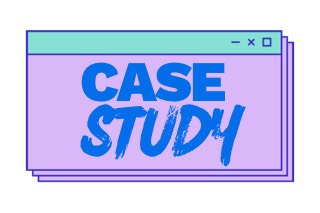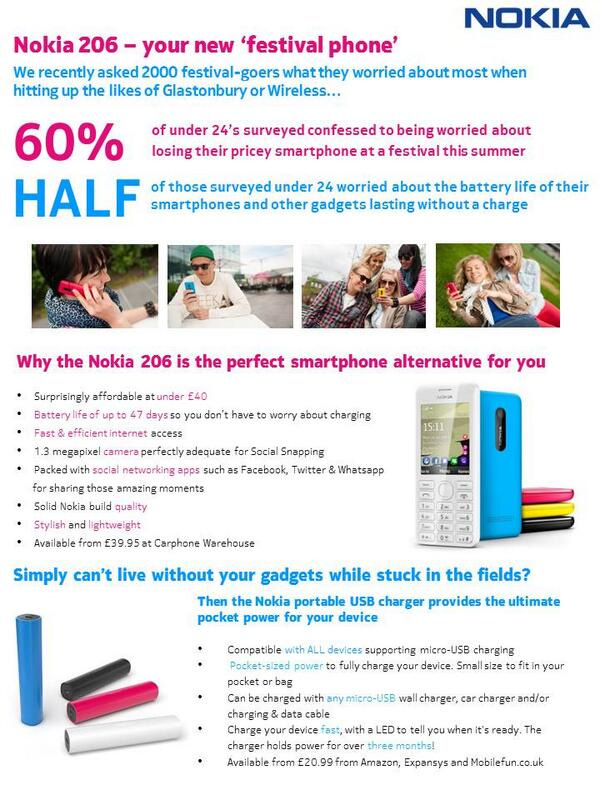Nokia Case Study: Niche Positioning When Your Product Isn’t the Category Leader
How to win with smart positioning, even if competitors have more features.
Imagine this scenario: a classic David vs. Goliath story unfolding in the tech industry.
There I was, at Nokia, facing the monumental task of launching a basic phone in a market fascinated with iPhones and their app ecosystem.
Yes, you read that right. In the era of app madness, we were about to introduce simplicity. This wasn't just any challenge; it was a strategic dilemma requiring a unique approach.
If you think I'm exaggerating with the above image, let me show you how the fight looked like in real life.
Of course, going head-to-head against the iPhone didn’t sound like a great idea. There had to be another way. This quote from Warren Buffet got me buzzing:
How do you beat Bobby Fischer? You play him at any game but chess.
I recognized that our strength had to lay in differentiation. Our humble Nokia featured three things the iPhone could only dream of:
A battery life that laughed in the face of time — a whole month on a single charge.
An indestructible build that could survive the apocalypse.
And a ridiculously low price tag.
Now, the million-dollar question: Who in the world would ditch the iPhone for our modest phone? Through thorough research and analysis, one target demographic stood out: Festival-goers. This group's unique needs—prolonged battery life, durability, and affordability—aligned perfectly with our product's strengths.
Digging deeper, a revelation struck. It wasn't just about staying connected; it was the sheer terror of seeing their expensive gadget take a dive into the mud or worse, a port-a-potty. The horror!
And here's the kicker–we all despise losing. This phenomenon, known as Loss Aversion, reveals a simple truth: the sting of loss hits harder than the joy of gain.
In layman's terms, we'd rather not lose a $20 bill than find one.
This was the catalyst for our strategic positioning, which led to the birth of "The Festival Phone" concept. It was a positioning strategy that resonated well with festival-goers, who saw our Nokia phone as the ideal solution to their problems, significantly reducing the risk of losing an expensive smartphone in adverse conditions.
But why stop there? This golden strategy of niche targeting turned into my mantra. I waved the same magic wand for parents wanting a simple way to keep tabs on their little adventurers, and for the true adventurers who needed a trusty sidekick for emergencies.
Additionally, this broader "smartphone companion" concept resonated with partner resellers, enabling them to cross-sell our cute Nokia phone alongside every expensive smartphone purchase. This provided great exposure and prime retail real estate at partner locations—a win-win situation, as resellers offered an affordable, practical add-on while we gained visibility among high-end consumers.
Here's a sneak peek into my secret sauce – the messaging brief, not to be confused with copy. It's a tried and tested formula I've used over the years:
Customer insight + single minded benefit + solid reasons to believe.
Bonus points if you can slide in some cross-selling.
The results? We sold out in less than 2 hours on launch day.
This underdog story highlights a fundamental lesson in product marketing: The importance of identifying and embracing your product's unique value proposition. By focusing on specific market segments with defined needs, and delivering a clear, compelling message, we not only can navigate a challenging market environment but also carve out a successful niche for our product.
It serves as a reminder that, even in the face of big challenges, insightful strategy and innovative positioning can lead to remarkable outcomes.
And who knows? The next time you find yourself at a festival, deep in the woods, or simply craving simplicity, you might just think of this story and smile.









